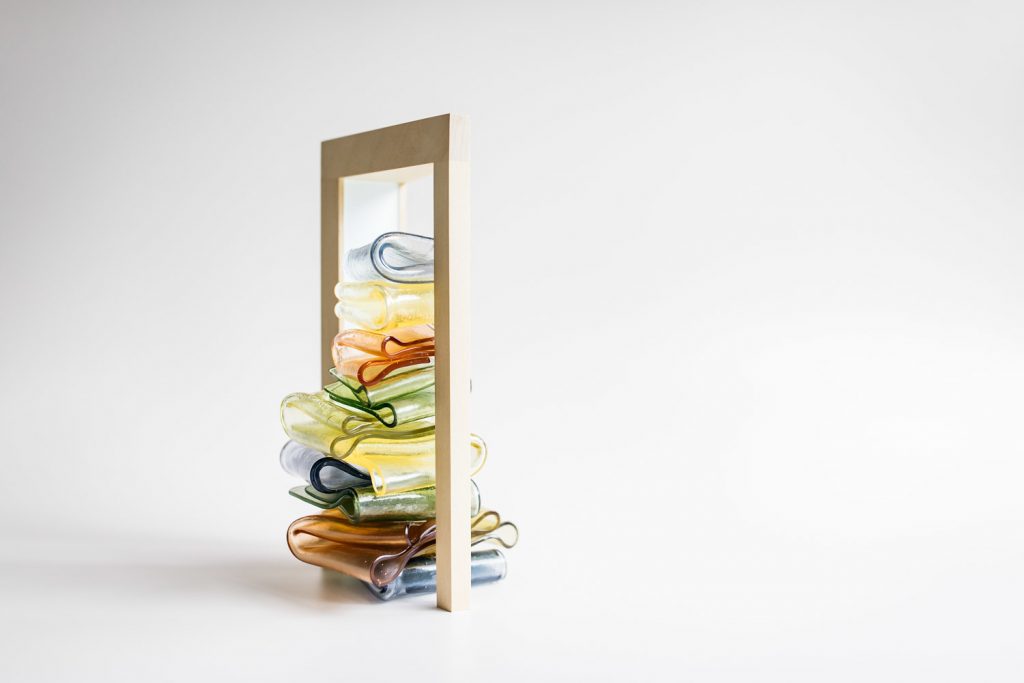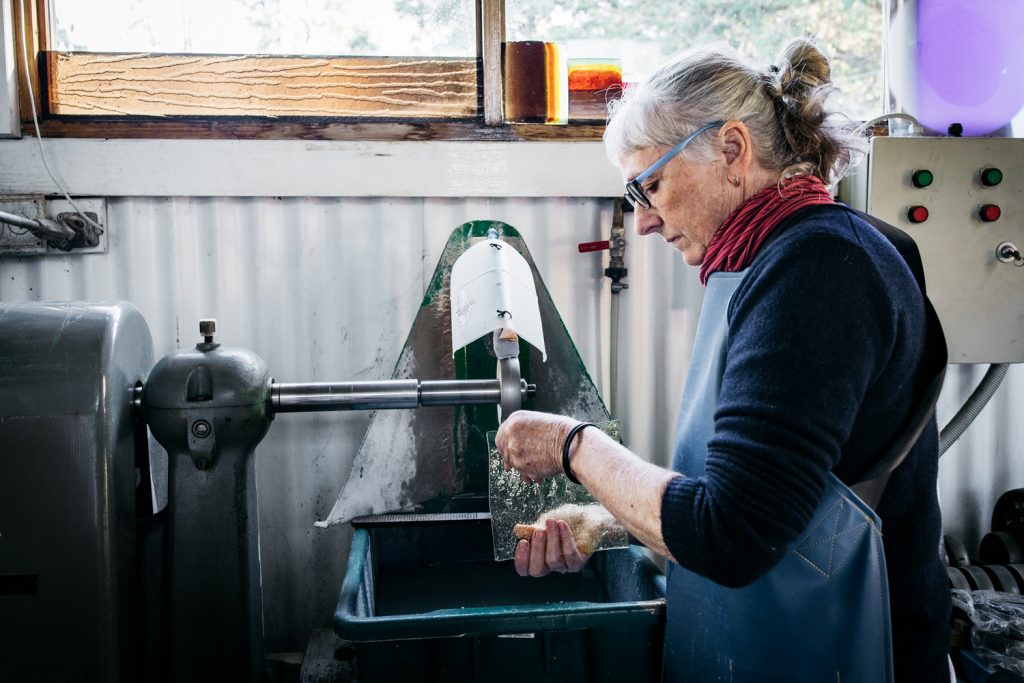
Joel Tyrrell
“It’s been really nice to be directly involved in making a difference to the city I’ve grown up loving.”
Read more
We acknowledge the Traditional Custodians of the ACT, the Ngunnawal people and recognise any other people or families with connection to the lands of the ACT and region.
Glass artist Kirstie Rea wouldn’t live anywhere else.
She’s travelled the world to teach and exhibit her art for three decades. But it’s her home town – Canberra – that inspires her creatively.
“I’ve seen some amazing places,” Kirstie says.
“I have incredible friends across the art world. But I’m quite a homely person.
“If I never get on a plane again, I’d be happy here, and I’d have saved the planet that number of air miles.”

Travelling is not just about the places Kirstie visits, but the distance and perspective it provides.
“With distance, I can see more clearly,” she says.
“‘Travelling gives me a chance to think about where I am and the differences from home, and what I love about Canberra and the region. I’ve learnt that I love spending time locally.”
Born in Canberra in 1955, Kirstie can remember a time when Woden was a sheep paddock. The capital has come a long way, but the local arts scene has retained its “friendliness and approachability” according to Kirstie.
In Canberra, you can see nationally-recognised artists in the big galleries, but also practising out there in the community.
“We have a significant number of Australia’s national institutions and an incredible variety of exhibitions, but also a really good community arts scene,” Kirstie says.
“That’s a network supported by art forms across the board and artists who work with all media. For established, emerging or student artists, Canberra’s a perfect location.”

Kirstie began her studies at the Canberra School of Art in 1983. She has taught in Adelaide, Sydney and in cities overseas. But only Canberra gives artists and art-lovers such easy access to exhibitions.
“For emerging artists to have a practice here is wonderful,” she says.
“And for school-leavers, there’s an amazing arts school and scene here, particularly when you connect to the rest of our arts community.”
Kirstie takes time away from her Pialligo studio to refuel her creativity in the bush.
“The original planners [of Canberra] decided not to build on our ridges and hills,” she says.
“Those places became bushland reserves. Wherever you live in Canberra, within 10 minutes or less you can be in one of those reserves and feel like you’re in the bush.
“My works are quite abstract, but it’s about how you’re enfolded into place and how place folds around you. I find awe in the bush around Canberra.”
Kirstie Rea
“Being there, and having those times of solitude and aloneness lets the bush reveal itself in all its beauty.
“It’s those moments that really inspire me.”
Every November, the DESIGN Canberra festival promotes design and contemporary craft, expands audiences, forges connections and collaborations and inspires artists, designers and art-lovers.
It’s developed by a small, dedicated team from the Craft ACT: Craft and Design Centre.
Stretching across architecture, urban design, studio visits, workshops, exhibitions, design installations, a film festival and more, the festival attracts more than 100,000 people.

“It’s Canberra’s ability to host an accessible event like this that makes the difference,” Kirstie says.
“The festival is held across the city and across art forms. It brings those different areas together in a holistic way, and establishes firm links which can be ongoing for individuals and groups.
“The size of the city makes this possible in a really meaningful way,” Kirstie explains. “If it was being held in a bigger city, it would be much more dispersed. It would be difficult for people to get to things. Here it’s really possible to connect with all of it, easily.”
Canberra is a beautiful mix of national institutions, city-wide arts organisations, individual artists and smaller community arts groups. It’s what Kirstie loves about living here — that the capital embraces the arts, and artists, of all ages: from children through to older generations, from hobbyists to professionals.
“There’s a generosity in the Canberra arts community,” she says.